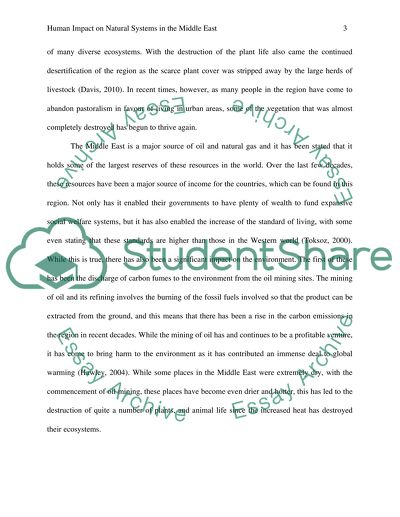Cite this document
(“Human Impact on Natural Systems in the Middle East Essay”, n.d.)
Retrieved de https://studentshare.org/environmental-studies/1466589-human-impact-on-natural-systems-in-the-middle-east
Retrieved de https://studentshare.org/environmental-studies/1466589-human-impact-on-natural-systems-in-the-middle-east
(Human Impact on Natural Systems in the Middle East Essay)
https://studentshare.org/environmental-studies/1466589-human-impact-on-natural-systems-in-the-middle-east.
https://studentshare.org/environmental-studies/1466589-human-impact-on-natural-systems-in-the-middle-east.
“Human Impact on Natural Systems in the Middle East Essay”, n.d. https://studentshare.org/environmental-studies/1466589-human-impact-on-natural-systems-in-the-middle-east.


